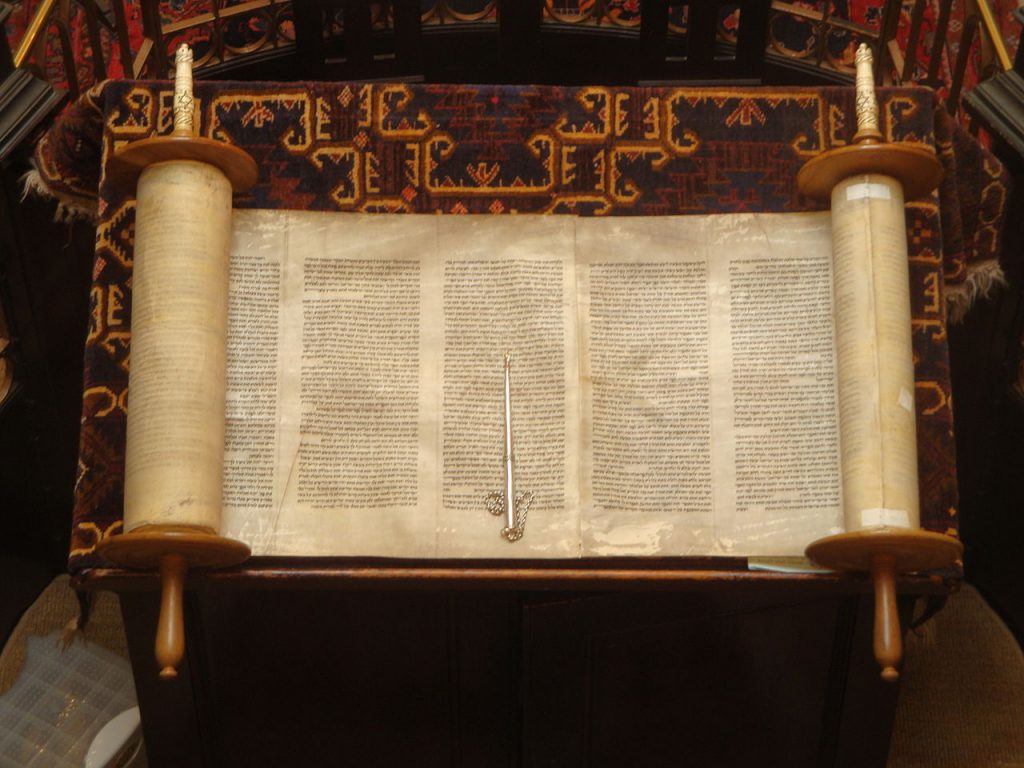Fourth in a series on the Book of Psalms.
As we have it today, the Book of Psalms falls into five segments or “books.” Book 1 includes Psalms 1–41; Book 2, Psalms 42–72; Book 3, Psalms 73–89; Book 4, Psalms 90–106; and Book 5, Psalms 107–150.
The ancient rabbis believed that the “Psalter’s” division reflected the division of the Torah, the first five books of the Bible. Says the “Midrash Tehillim,” the oldest surviving commentary on the psalms: “Moses gave Israel the five books [of the Law], and David gave Israel the five books of the Psalms.” As the Law represented God’s covenant with Moses, so the songs represented God’s covenant with David.
Each book of the “Psalter” ends with a doxology, a brief verse or two blessing the Lord. Book 1 concludes with, “Blessed be the Lord, the God of Israel, from everlasting to everlasting! Amen and Amen!” (Psalm 41:13). Each succeeding book closes with similar words (see Psalm 72:18–19; 89:52; 106:48). Psalm 150, which is six verses long, serves as a more expansive doxology to the fifth book and the entire “Psalter,” but, if that’s not expansive enough, some commentators have seen the final five psalms (146–150) as the book’s concluding doxology.
The five-part division makes for a neat symmetry between the “Psalter” and the Torah; yet it does not tell us the story within the “Psalter.” Nor does it tell us how the individual psalms found their way into one book or another. For the compiler (or compilers) did not arrange the psalms by author; David’s compositions, for example, are spread throughout all five books. The Psalms of the Sons of Korah appear in Books 2 and 3 — but interspersed with those by other authors. Scholars of Hebrew point out that Books 2 and 3 are also marked by a tendency to address God by his generic name, Elohim (God), rather than his personal name, Yahweh.
Nor can we say that the compiler separated the psalms according to liturgical purpose or literary form. Most of the psalms bear titles (inscriptions) that include technical terms for their particular poetic forms: miktam, shiggaion, maskil, and others. (The exact meaning of the terms is unknown to us today, so they are usually left untranslated.) Yet these forms, too, are dispersed throughout the “Psalter” in no particular order.
What, then, is the story within the “Psalter”? The question has occupied some of the best minds and souls in the history of biblical exegesis. Ancient and medieval Christians proposed an array of possible answers.
Through much of the 20th century, however, the question itself fell out of fashion, as scholars focused their attention on smaller and smaller portions of text. In psalms scholarship, literary form was for many years the rage.
Now the question has arisen again in academic circles, especially among scholars influenced by canonical criticism, which emphasizes the study of texts within their traditional context.
In the weeks to come, we’ll look at some of the storylines that scholars and saints have come to discern within the “Psalter.”

